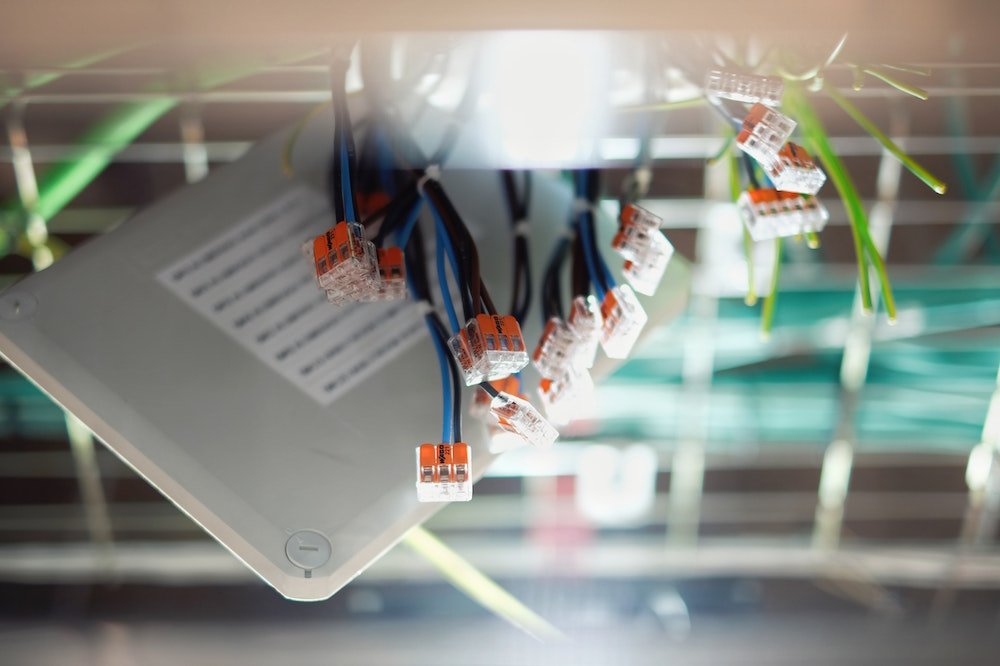The TV, Television or Telly to some is one of the inventions that spanned years of improvisation, development and engineering from scientists and inventors from different countries and regions across United States, Europe and Asia.
The evolution of television started from still black and white images transmitted on the cathode ray tube: to color television; to television sets that are thin and light enough to mount on walls. The advances in technology and the adoption of the internet has also enabled television systems to stream live content, record TV shows and show vision from anywhere around the world. With these advances though it is always good to reflect on the history of this fundamentally life changing device.
The Mechanical Television
Mechanical television was introduced to the world in 1897. A Russian Scientist named Boris Rosing was the first to conduct a crude experiment on how images can be displayed mechanically on a cathode ray tube or CRT. Rosing was also the one who coined the term ‘Television’.
Many scientists, followed Rosing, sought to improve the quality of the images that were able to be transmitted on a cathode ray tube, with perhaps the most notable being John Logie Baird, a Scottish inventor and owner of Baird Television Development Company/Cinema Television. Bair devoted years to the improvement and development of the mechanical television. In 1928, the company was able to broadcast the first transatlantic television signal, between London and New York City, and the first shore-to-ship transmission. In 1929, he became involved in the first experimental mechanical television service in Germany.
On April 1927, two inventors by the names of Herbert Ives and Frank Gray gave a dramatic demonstration of mechanical television by creating a system that reproduced monochromatic moving images and synchronized sounds. The system transmitted images over two paths: a copper wire link from New York City to Washington, and a radio link from Whippany, New Jersey.
The advent of all-electronic television marked the beginning of the end of mechanical televisions, but despite the inferior image quality that mechanical televisions transmitted, it remained the primary television technology until the 1930s. The last mechanical television broadcasts ended in 1939 at stations run by a handful of public universities in the United States.
The Electronic Television
The world’s first successful demonstration of an electronic television occurred in 1927 in San Francisco, USA. This particular TV system was designed by a young inventor named Philo Taylor Farnsworth, who didn’t experience the convenience of electricity until he was 14 years old.
In 1929, Philo improved his system to the point that it no longer required mechanical parts in order to function. In that same year, he transmitted the first live human images via an electronic television system, which included a three and a half inch image of his wife Elma. From August 25 to September 6, 1934, Philo Farnsworth gave the world a public demonstration of an all-electronic television at the Franklin Institute of Philadelphia.
Early electronic television sets were large, bulky, heavy and had analog circuits made of vacuum tubes. Sony Founder Masaru Ibuka predicted that portable television sets will soon become available and true enough, Sony released its first portable television set in 1960.
By the late 1960s and early 1970s, the first colour television sets became popular household appliance staples and in the 1990’s digital television swooped the television market, thanks to major technological developments.
In recent decades, we’ve witnessed the evolutions and technological advancements that gave us the cable television, satellite television, internet television, plasma tv, LCD, LED, OLED, HD and so on.
The history of television is truly amazing and it is always fascinating to reflect on how far we have come technologically in such a relatively short space of time.












